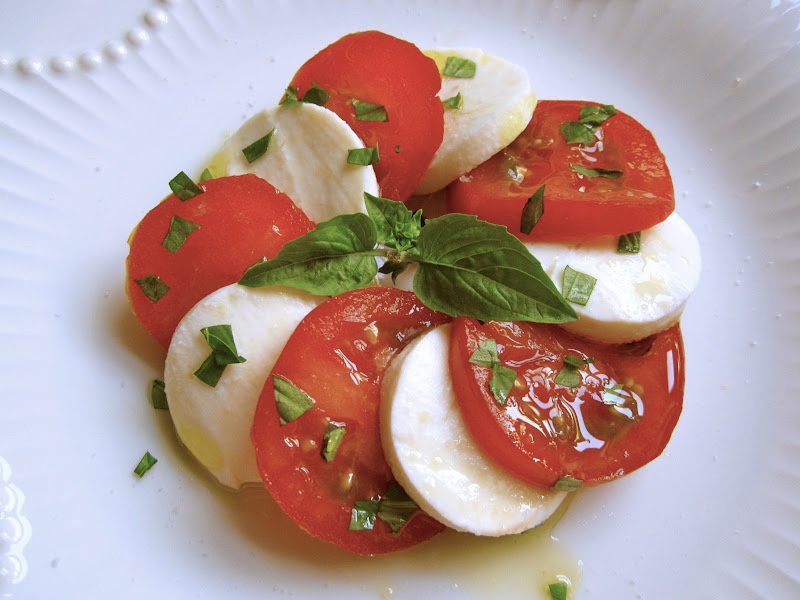Basil - Easy to Grow, Incredible Herb
Basil is truly an incredible herb that is easy to grow and use in cooking. It has a rich and spicy, mildly peppery flavor with a trace of mint and clove. Basil is an annual herb belonging to the mint family, and is easily identified in the garden or farmers market by its square stems. Although there are over 40 known varieties of basil, Sweet Basil is the most common.
Basil is traditional in Italian cooking, but is also popular in Mediterranean and Thai cooking. It is superb with veal, lamb, fish, poultry, pasta, rice, tomatoes, cheese and eggs. It blends well with garlic, thyme and lemon. Plus, it adds zip to mild, fresh vegetables like zucchini, summer squash, eggplant, potatoes, cabbage, carrots, cauliflower, parsnips, and spinach.
Basil is best used fresh in recipes. It should be added at the last moment since cooking quickly destroys the rich, spicy flavor. It is not one that should be added and allowed to simmer.
When ready to pick or purchase basil, look for evenly colored leaves with no sign of wilting.
It is best held in a glass of water, stems down, with a plastic bag over the leaves, at room temperature. Putting basil in the refrigerator results in discolored and unattractive leaves. It is easily dried for storing and future use. Use it to flavor soups, stews, tomato dishes, meat, game, fish, egg dishes, or make herb butters and herb vinegars.
How to preserve basil
If you are fortunate enough to have an abundance of basil, you need to take steps to preserve it. To do so, wash and dry the leaves and place layers of leaves, then coarse salt, in a container that can be tightly sealed, and kept refrigerated. You can also finely chop or puree the cleaned basil and combine it with a small amount of water. Freeze this mixture in ice cube trays to have tiny portions to flavor sauces, salad dressings, etc.
As a last resort, you can preserve basil by drying it in a dehydrator, but realize the flavor suffers, becoming blander, with a vague mint taste. Dried basil, though it bears little resemblance in either flavor or aroma to the fresh herb, can be purchased in the spice section of most supermarkets or spice shops. Store dried basil airtight in a cool, dark place for up to 6 months. Do not store it near a heat source such as a stove area, since heat reduces its shelf life.
Cooking with basil
Basil can be used in a variety of dishes; pair it with ripe tomatoes or add to a fresh salad. Always tear the leaves for salads to avoid bruising, and add at the last minute, since vinegar dressings can affect the flavor of the herb. Basil is excellent for flavoring vinegars and oils.
Don’t forget to try it in butter or margarine as well. Mash into soft butter, alone or mixed with other herbs. Or, add at the end of cooking to finished soups, sauces, or egg dishes for that final touch.
Take a trip to the farmers market and purchase your farm fresh tomatoes for this Caprese Salad. Fresh, high quality ingredients are the key to a wonderful Caprese Salad. You can also use Roma tomatoes quartered, and mozzarella balls combined with other ingredients in a bowl.
Caprese Salad
- 4 large ripe tomatoes, sliced one fourth inch thick
- 1 pound fresh mozzarella cheese, sliced one fourth thick
- 1/3 cup fresh basil leaves
- 3 tablespoons extra virgin olive oil
- salt to taste
- freshly ground black pepper to taste
- On a large platter, alternate and overlap the tomato slices, mozzarella cheese slices, and basil leaves.
- Drizzle with olive oil.
- Season with salt and pepper.
